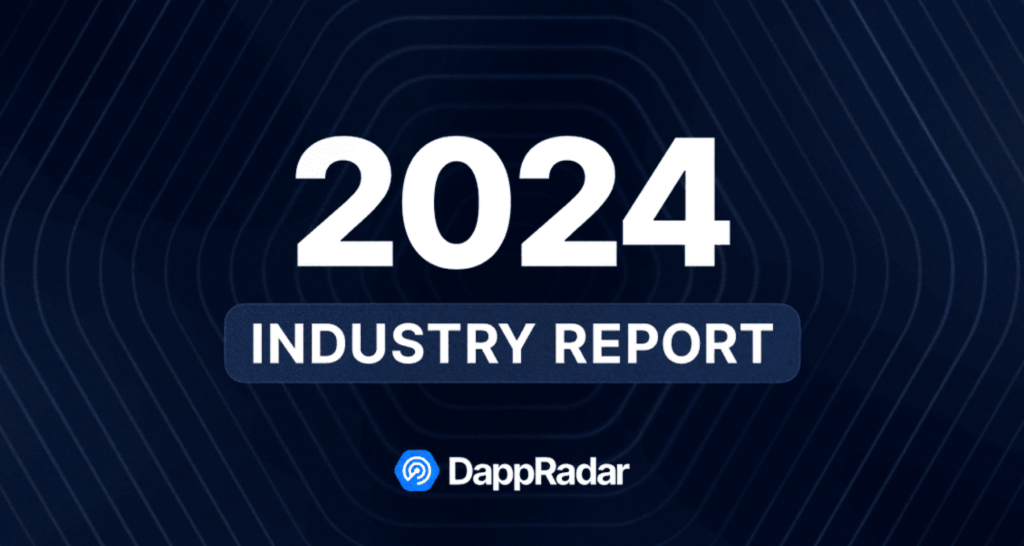DRC-20 Token Standard: A BRC-20 Clone on Dogecoin?

As the crypto market was getting its bearings following the commotion caused by Bitcoin Ordinals NFT, the BRC-20 standard appeared, enabling the minting of regular tokens on the Bitcoin blockchain. Spotting the opportunity, independent developers associated with Dogecoin quickly incorporated a similar system into their blockchain, giving rise to the DRC-20 standard.
On this page
Both Bitcoin and Dogecoin blockchains are steered by a Proof-of-Work consensus mechanism and lack smart contracts. Their technical makeup is alike, so it wasn't a stretch for DOGE enthusiasts to adapt the Ordinals protocol source code, spawning an analogous tool known as Doginals. In the same vein as Ordinals paved the way for BRC-20, Doginals forms the bedrock of DRC-20.
Both standards offer an identical approach to token minting. The process involves recording digital data in sequential order and linking it to the smallest units of the cryptocurrency with coding. When it comes to DOGE, the smallest unit is the Elon, where 1 DOGE equates to 100,000,000 Elon. Unlike BRC-20, however, the Dogecoin standard embraces NFTs.
This results in both fungible and non-fungible digital artifacts being generated on the Dogecoin blockchain through DRC-20. Meanwhile, on the Bitcoin network, BRC-20 takes care of the fungible tokens, while the Ordinals protocol handles NFTs.
What else sets DRC-20 apart from the BRC-20 standard?
Token standards mirror the characteristics of the blockchains they're built for. Consequently, DRC-20 digital artifacts are minted with greater transaction speed and at a reduced cost.
The way data is stored also differs. BRC-20 transactions unfold on the Bitcoin blockchain, but the actual digital artifacts are safely stored in a cryptocurrency wallet. This is where automatic gathering, organizing, and indexing take place. If the wallet encounters an issue with one of these processes, there's a risk that the corresponding sequential numbers could go astray.
On the other hand, DRC-20 adopts an Ethereum PoW-fork, called ETHF, for storage purposes. The transactions themselves are executed on the Dogecoin chain. Therefore, if the wallet runs into a snag, it would still be possible to retrieve the token using the sequential inscription.
Critique – A Shared Trait Between DRC-20 and BRC-20
With the advent of these standards, there's been a notable rise in transactions across both networks. The Bitcoin chain even experienced disruptions, delays, and the most substantial transaction fees in its history. Consequently, crypto enthusiasts of a sceptical bent argue that Dogecoin's network could well suffer similar overloads.
Further, those opposing the flurry of interest around these new standards contend that DRC-20 and BRC-20 diverge from the initial objectives of both projects. Dogecoin, for instance, was established for the purpose of rapid and cost-effective digital transactions via the blockchain.
Patrick Lodder, the leading developer of Dogecoin, is distinctly unimpressed with this new technology. He regards the DRC-20 standard as ill-considered, hastily put together, and flawed in its design. Additionally, he highlighted a lack of practical application and the absence of a suitable programming approach for these types of digital assets.
The reception from Luke Dashjr, one of the prominent developers of Bitcoin Core, has likewise been less than enthusiastic. The advent of Ordinals, BRC-20, and the revived excitement around meme coins has vexed him.
The content on The Coinomist is for informational purposes only and should not be interpreted as financial advice. While we strive to provide accurate and up-to-date information, we do not guarantee the accuracy, completeness, or reliability of any content. Neither we accept liability for any errors or omissions in the information provided or for any financial losses incurred as a result of relying on this information. Actions based on this content are at your own risk. Always do your own research and consult a professional. See our Terms, Privacy Policy, and Disclaimers for more details.


























